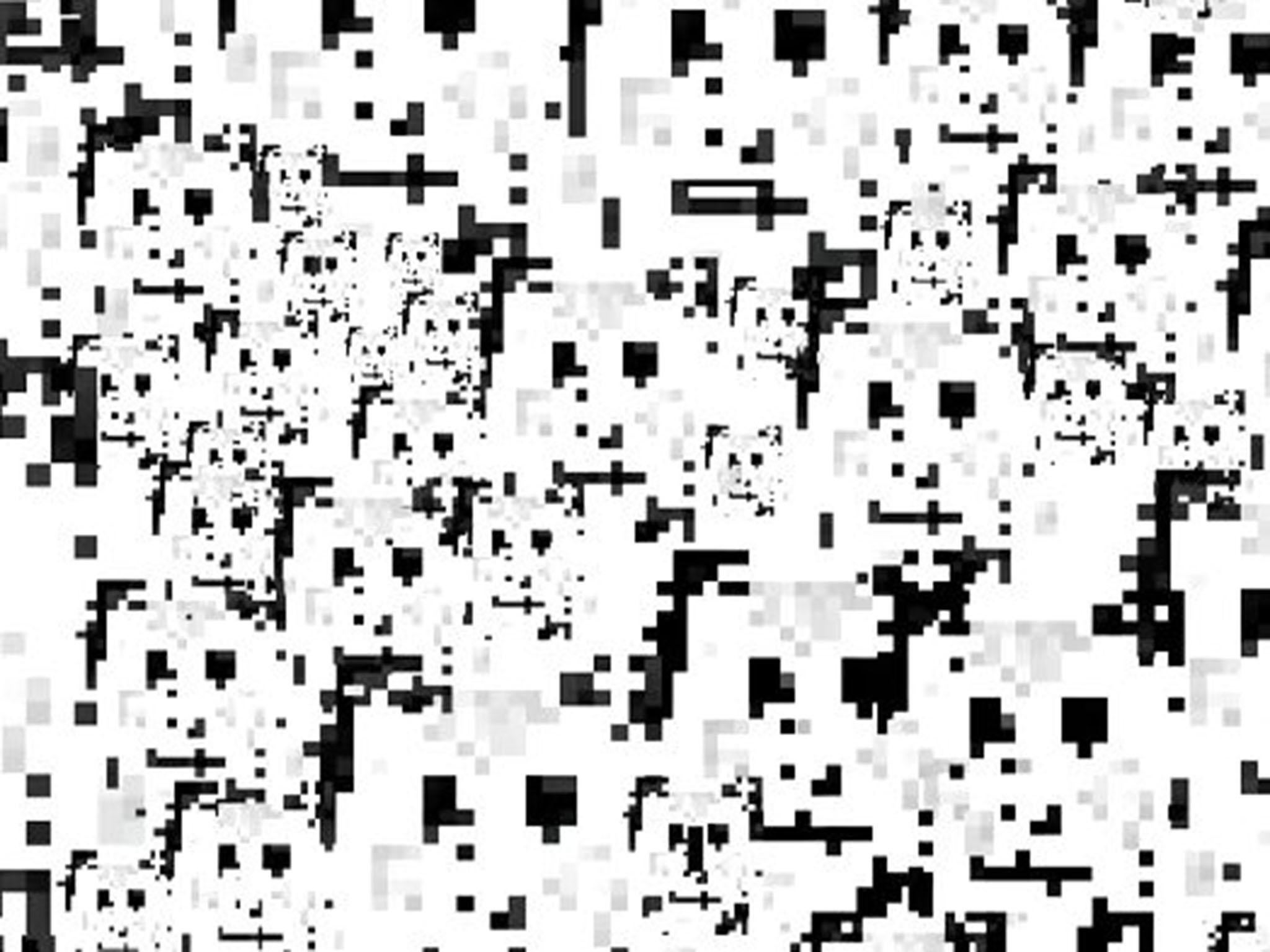Anti-surveillance clothing unveiled to combat facial recognition technology
Hyperface involves applying unique patterns to clothes which appear as thousands of faces

An artist has unveiled a clothing line designed to confuse facial recognition technology and hand privacy back to internet users.
Adam Harvey, who has created various projects relating to mass surveillance at his headquarters in Berlin, said he intends to fight back against the now widespread commercial use of facial recognition with a new textiles strategy called Hyperface.
By applying seemingly random patterns to clothing, these appear as thousands of recognisable faces during analysis and can overwhelm computer systems.
Amazon recently started using facial recognition technology at checkouts in their physical store, while Facebook and Apple also use it to tag photos for users.
Mr Harvey told the Chaos Communications Congress last year, that he was using the Hyperface project, created in partnership with Hyphen-Labs, to “overload an algorithm with what it wants, oversaturating an area with faces to divert the gaze of the computer”.
He said: “My projects are motivated by concerns about how computer vision will be used to extract knowledge with the cooperation or consent of an individual,” adding that he felt facial recognition technology “poses a significant threat to privacy”.
Mr Harvey has already introduced CV Dazzle - an avant-garde form of makeup and hairstyling which could be used to confuse facial recognition. He views Hyperface as an extension of this earlier project.
He also designed Stealth Wear, a collection of counter surveillance clothes which he said helped wearers hide from thermal imaging and drones.
In December, a Russian company launched a controversial programme called FindFace that can identify a stranger among 300 million Twitter users in less than a second, despite a warning that the app violated the website's rules.
Join our commenting forum
Join thought-provoking conversations, follow other Independent readers and see their replies
Comments